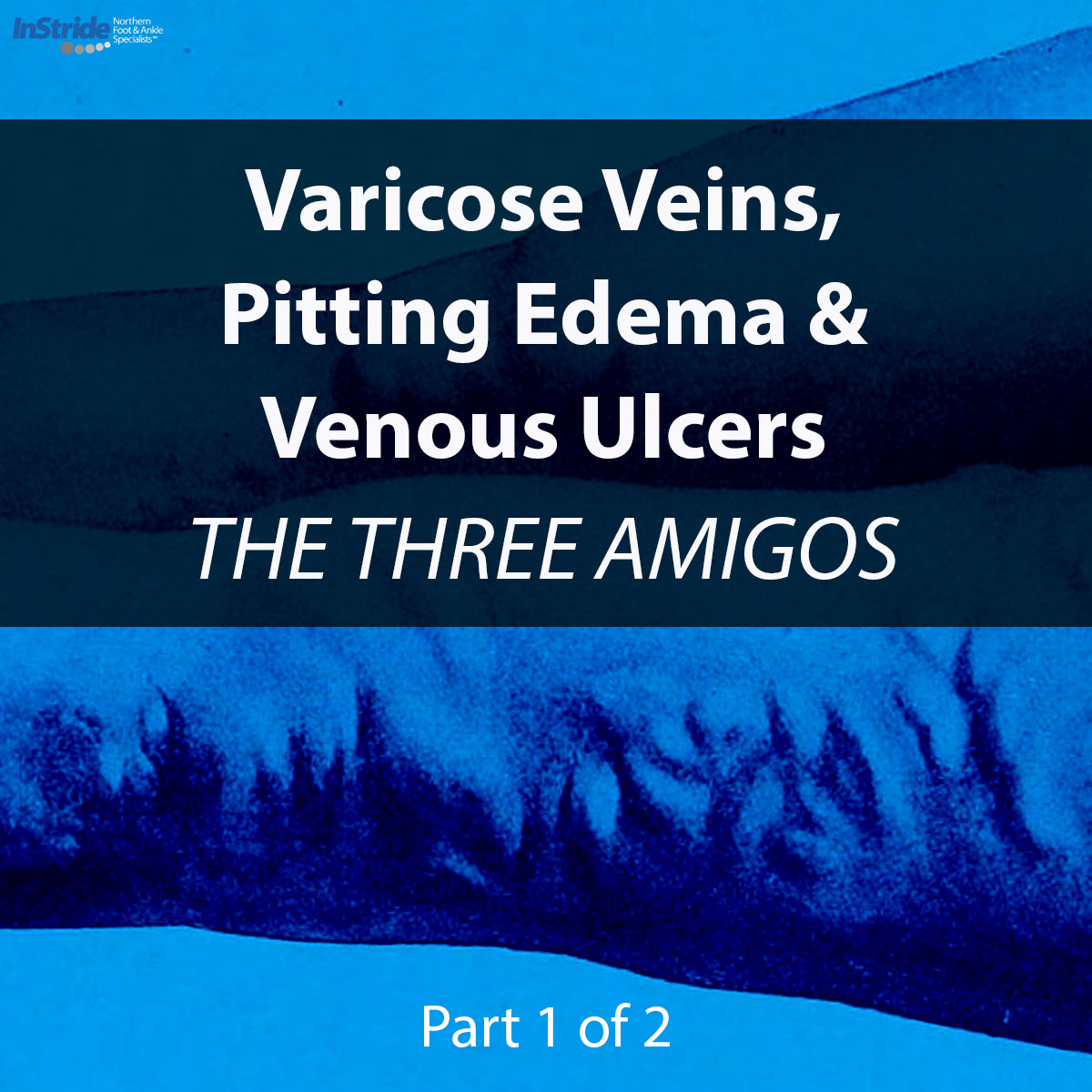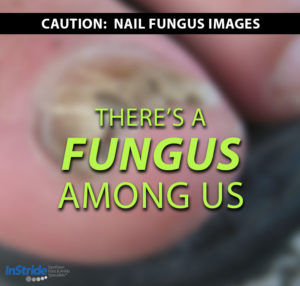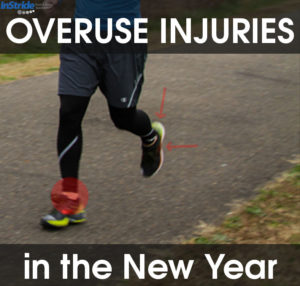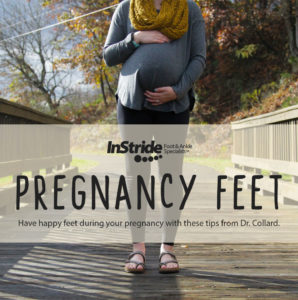David Collard DPM MHA
A significant part of my day is treating and healing wounds (or ulcers) of the feet but also of the lower legs. People get wounds on their feet and legs for many different reasons. Most commonly, we think of injuries such as an accidental cut as reasons for an open wound. But most of the wounds we see in our clinics are usually caused by other factors. Most commonly, diabetic foot wounds, are caused by numbness and pressure, but that is for another discussion to come. In a two-part post I want to talk about Varicose Veins, Pitting Edema, and and their kissing cousins, Venous Leg Ulcers.
The pictures of these wounds can be difficult for some people to look at but to understand how to treat these conditions we need to look at the anatomy. Bear with me for a minute.

Our ARTERIES are tubes that take blood from our heart to all parts of our body, and (most importantly, hehe) to the lower legs and feet. After our blood travels down there, dropping off oxygen and food, it travels back through different tubes called VEINS, making a circle – hence the circulatory system. Veins are different because they have cut-off valves. Wait, what? Ok. So your heart is very strong, strong enough to send the blood where it needs to go but it isn’t strong enough to bring it back from the arms and legs, so your muscles have to do most of the work squirting it back. When you move your legs the muscles in your calf and thigh squeeze the veins and push the blood back. The special thing about veins is the backward-shaped trap doors that don’t allow the blood to go back down.

That works really well most of the time, until…it doesn’t. Then, the blood starts to back up in the tubs. If you have ever cut off the circulation in your arm and watch the veins get bigger you know that veins are stretchy and can swell. But if this happens for a long time, a few things can start to happen. The veins can cause regurgitation of the blood, slowing things down even further, or leaks around the valves (this can cause swelling or even staining the skin a dark color from the iron in the blood), even leading to wounds (called venous ulcers).
More serious than this, as if that wasn’t enough, are blood clots. Blood clots occur in the large veins when the blood doesn’t move and begins to clump together like a big scab, and can get stuck or even move to various parts of the body like the lungs (pulmonary embolism), heart (heart attack) or brain (stroke). Yikes! Very serious. Although these are somewhat rare, symptoms of blood clots in the legs include persistent pain, swelling, possible redness, warmth and tenderness. If you notice any of these symptoms or suspect you have a blood clot, you should contact your healthcare provider or go to the ER immediately.

So the life threatening examples aside, what about the other symptoms?
Swelling in the lower legs due to poor veins is very common, but there is hope. What you don’t want to do is put off treatment until until it gets out of control, leading to long-standing swelling which can cause the skin to stretch so far that, like an overfilled water balloon, it breaks. No, your legs won’t explode, but you may start getting small blisters and eventually wounds. (See part 2 next week for all the juicy details).
Prevention is the name of the game.
Compression garments do a great job, especially early on. I know, they can be a challenge, but you don’t want have the long term complications I just went through. Not fun.
Compression socks vary greatly and really deserve their own post. Compression sock come in different levels of tightness, but we can usually we can start with lighter, easier socks to put on if we catch things early.
In some cases, veins can be treated by a vascular specialist. Several techniques are available such as vein stripping and laser treatment, although we do not perform any of these treatments at our locations.
Tips for putting on compression socks:
1) Roll most of the sock inside out so just the tip of the sock is showing, a put on so the toe are to the end of the sock
2) Then scoot it up around and over the heel
3) Only after this should you attempt to pull the sock up
Varicose veins are a common venous disease that affects over 25 million of the adult population in the US. Risk factors include pregnancy, estrogen therapy, obesity, family history of varicose veins, phlebitis and prior leg injury, and yes, genetics. Another thing to thank your parents for.
But there may also be environmental or behavioral factors associated with CVD, such as prolonged standing and perhaps a sitting posture at work. But as noted above, there are steps you can take to prevent them from getting worse.
[See Part 2 for more on Pitting Edema and Venous Ulcers. Stayed tuned for next week’s blog post.]





